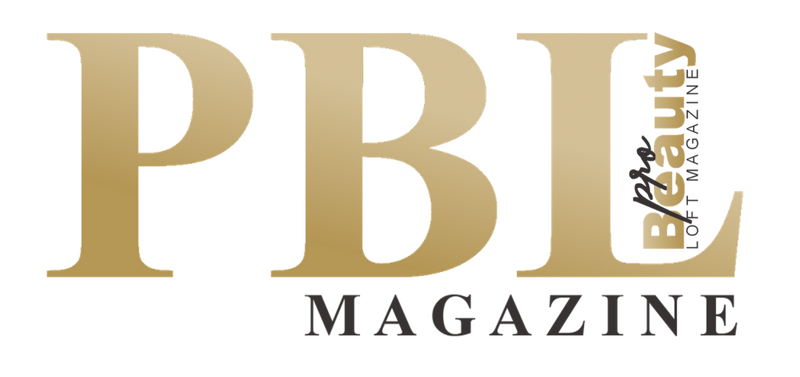How the Beauty Industry Can Prepare for the Impending US Trade Tariffs
Recent global trade tensions have resulted in protectionist policies making a comeback and UK beauty and wellness brands are preparing for potential fallout. With new tariff threats on the horizon and Britain carving out its own trade identity post-Brexit, businesses in the £12 billion beauty sector are facing growing uncertainty.
What’s Happening?
The US has proposed new tariffs on a range of EU exports—including beauty products like skincare, fragrance, and wellness items—as part of broader trade disputes. While the UK is no longer part of the EU, many British beauty brands still rely heavily on EU-based ingredients, packaging, and manufacturing. That means they could still be affected if goods moving through Europe are hit with extra costs or delays.
The possibility of new trade barriers—on either side of the Atlantic—has brands rethinking their sourcing and logistics strategies. The risks aren’t limited to price hikes; supply chain disruptions could delay launches, eat into profit margins, or even force some brands to pause production altogether.
Why Beauty Is Particularly Exposed
Beauty and wellness products are made up of globally sourced components—from botanical extracts and actives to recyclable packaging and specialised equipment. If just one link in that chain is disrupted, the ripple effects can be significant. Smaller and independent brands, in particular, may struggle to absorb rising costs or unexpected delays.
There’s also growing pressure to maintain sustainability and transparency standards, which often depend on cross-border partnerships and international suppliers. Any new barriers could complicate efforts to meet those expectations.
What UK Brands Can Do to Prepare
Here are five practical steps UK beauty businesses can take to reduce risk and build resilience:
1. Audit Your Supply Chain
Understand exactly where your ingredients, packaging, and production partners are located. If you’re heavily reliant on EU or US suppliers, explore alternative or local options to limit exposure.
2. Adjust Your Pricing and Product Strategy
Anticipate potential cost increases and adjust pricing where necessary. This might mean building in margin buffers, creating product tiers, or being more transparent with customers about changes.
3. Look Beyond Traditional Markets
Trade tensions can create bottlenecks in familiar markets. Consider expanding into regions with fewer trade barriers, such as Commonwealth countries or parts of Asia-Pacific where UK-made products are often in demand.
4. Localise Where You Can
Invest in UK-based fulfilment and direct-to-consumer models to reduce reliance on international shipping and import taxes. This can also help streamline logistics and improve customer experience.
5. Stay Informed and Get Involved
Keep up with trade developments and engage with industry networks. The more informed you are, the better you can anticipate changes and respond quickly.
While trade tariffs may feel like a distant policy issue, they’re fast becoming a frontline concern for the beauty industry. Brands that stay agile, build smarter supply chains, and diversify their markets will be better placed to handle whatever comes next.










